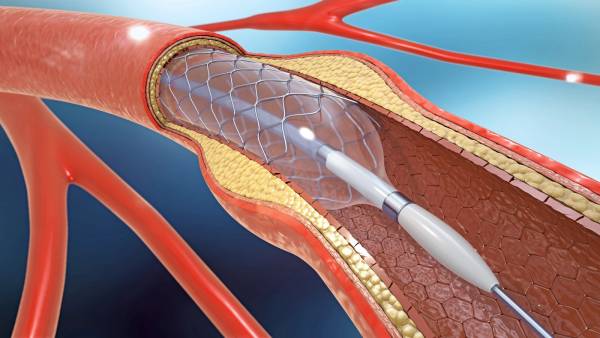
Peripheral vascular disease (PVD) is a circulation disorder that significantly increases the risk of a heart attack or stroke. Zaki Lababidi, MD, FACC, FSCAI, Sharolyn McClurg, NP, and the skilled Cardiology At Home team in Gilbert, Arizona, provide comprehensive care for health issues that increase the risk of heart disease like peripheral vascular disease. All appointments with Cardiology At Home are through telehealth or home visits. Call today or use the online booking button to schedule a consultation.
What is peripheral vascular disease?
Peripheral vascular disease (PVD), also called peripheral artery disease (PAD), is a circulation disorder that affects the blood vessels outside the heart and brain. PVD means there’s narrowing or blockage in a blood vessel, limiting the flow of blood.
The narrowing and blockages are usually caused by a buildup of plaque on the wall of the blood vessel, a disease called atherosclerosis. Blood clots, infections, and injuries may also cause PVD.
If you have coronary artery disease (CAD), you may also have peripheral vascular disease.
What symptoms can I expect with peripheral vascular disease?
You can have PVD and not have symptoms. About 50% of people diagnosed with PVD never had symptoms. PVD most often affects the arteries in the legs.
If you have painful leg cramps when walking upstairs or during exercise that goes away when you rest — a symptom called claudication — you should schedule an appointment with your doctor. Claudication is the most common symptom of peripheral vascular disease.
Poor wound healing in the affected body part is also a symptom of PVD.
What tests diagnose peripheral vascular disease?
The Cardiology At Home doctors determine what tests you need after taking a detailed health history.
Tests that diagnose peripheral vascular disease include:
Ankle-brachial index (ABI)
The ABI is a test that compares blood pressure readings in the leg to readings in the arm. An abnormal ABI is a clinical marker for PVD.
Treadmill exercise test
While you walk on a treadmill, your doctor looks for unusual blood pressure readings in the affected body part.
Vascular ultrasound
A vascular ultrasound is an imaging test that shows areas of blockages and narrowing in the blood vessels.
What are some treatments for peripheral vascular disease?
Your Cardiology At Home doctor talks to you about their findings, the causes of peripheral vascular disease, and how it affects your health. Then, they discuss treatment options such as:
- Lifestyle changes like balanced nutrition and regular exercise
- Medications to treat high cholesterol or hypertension
- Blood thinners to treat or prevent blood clots
If you have severe blockages, the At Home Cardiology team may recommend angioplasty and stenting to open the blood vessels and improve circulation.
Cardiology At Home takes a proactive and preventive approach to heart health. Call today or book your peripheral vascular disease consultation online.
